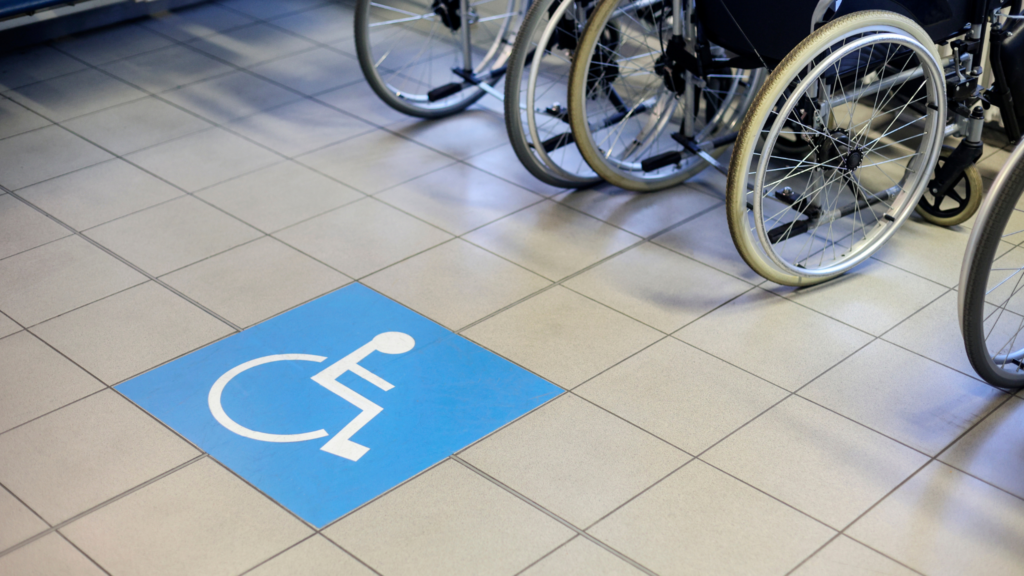Breaking Barriers: How Increasing Accessibility is Changing the Handicap Experience
For years, individuals with disabilities have faced numerous obstacles in their daily lives, making it difficult for them to fully participate in society. However, with the advancement of technology and a growing understanding of inclusivity, there is a positive shift towards increasing accessibility, thus changing the handicap experience.
One of the significant ways in which accessibility is being improved is through technology. The digital age has brought about a plethora of developments that have revolutionized the lives of people with disabilities. Assistive technologies such as screen readers and text-to-speech software have made it possible for visually impaired individuals to access information and navigate digital spaces independently. Moreover, the development of specialized apps and software has empowered the deaf community to communicate seamlessly with those who do not use sign language.
Additionally, the physical environment is also being made more accessible for people with disabilities. Infrastructure improvements, like ramps and elevators, have become mandatory in public spaces to ensure easy access for wheelchair users. Designers and architects are also mindful of creating inclusive spaces by considering factors such as smooth flooring, wider doorways, and accessible washrooms. These changes are not only beneficial for individuals with disabilities but also cater to the needs of elderly people or those with temporary injuries.
Changing attitudes towards disabilities have also played a significant role in increasing accessibility. Society has become more aware of the importance of inclusivity, recognizing that everyone deserves equal opportunities. Businesses, educational institutions, and public facilities are now investing in diverse hiring practices, which help create a more inclusive workforce. Companies are adapting their policies and providing reasonable accommodations, fostering an environment where individuals with disabilities can thrive and excel.
Furthermore, the entertainment industry has also made strides in increasing accessibility. Movie theaters now offer closed-captioning devices, allowing people with hearing impairments to enjoy movies alongside their friends and family. Streaming platforms have incorporated features for audio description, providing visually impaired individuals with richer experiences while watching movies or TV shows.
The power of social media cannot be underestimated in this context. Platforms like Twitter, Facebook, and Instagram have become a powerful tool for advocacy and raising awareness about disability rights. People with disabilities and their advocates are able to share their stories, challenges, and successes, creating a sense of community and inspiring others. This online presence has undoubtedly contributed to the changing narrative surrounding disabilities and has paved the way for further improvements in accessibility.
While progress has undoubtedly been made, there is still work to be done. Accessible transportation, for instance, remains a challenge in many areas. Additionally, remote work opportunities have become vital, especially in light of the COVID-19 pandemic, as some individuals with disabilities may face difficulties in commuting or physically accessing workplaces. There is a need for continued collaboration among governments, organizations, and individuals to further break down barriers and ensure full accessibility for all.
In conclusion, increasing accessibility has brought about significant changes in the handicap experience. Advancements in technology, improvements in infrastructure, shifting attitudes, and the power of social media have all played pivotal roles in this positive transformation. By continuing to prioritize accessibility and inclusivity, we can truly empower individuals with disabilities, allowing them to thrive and contribute to society on an equal footing.
![]()






